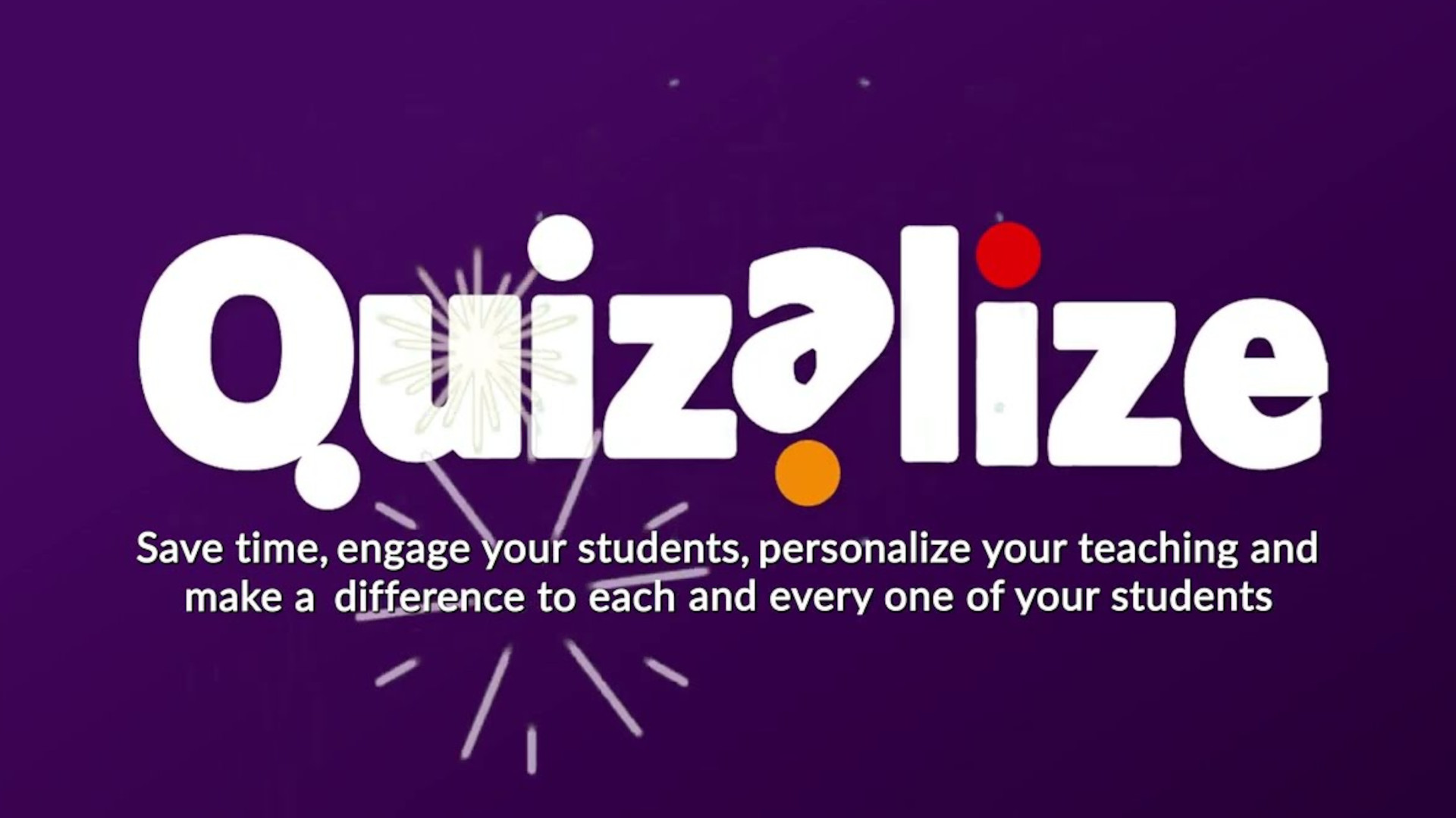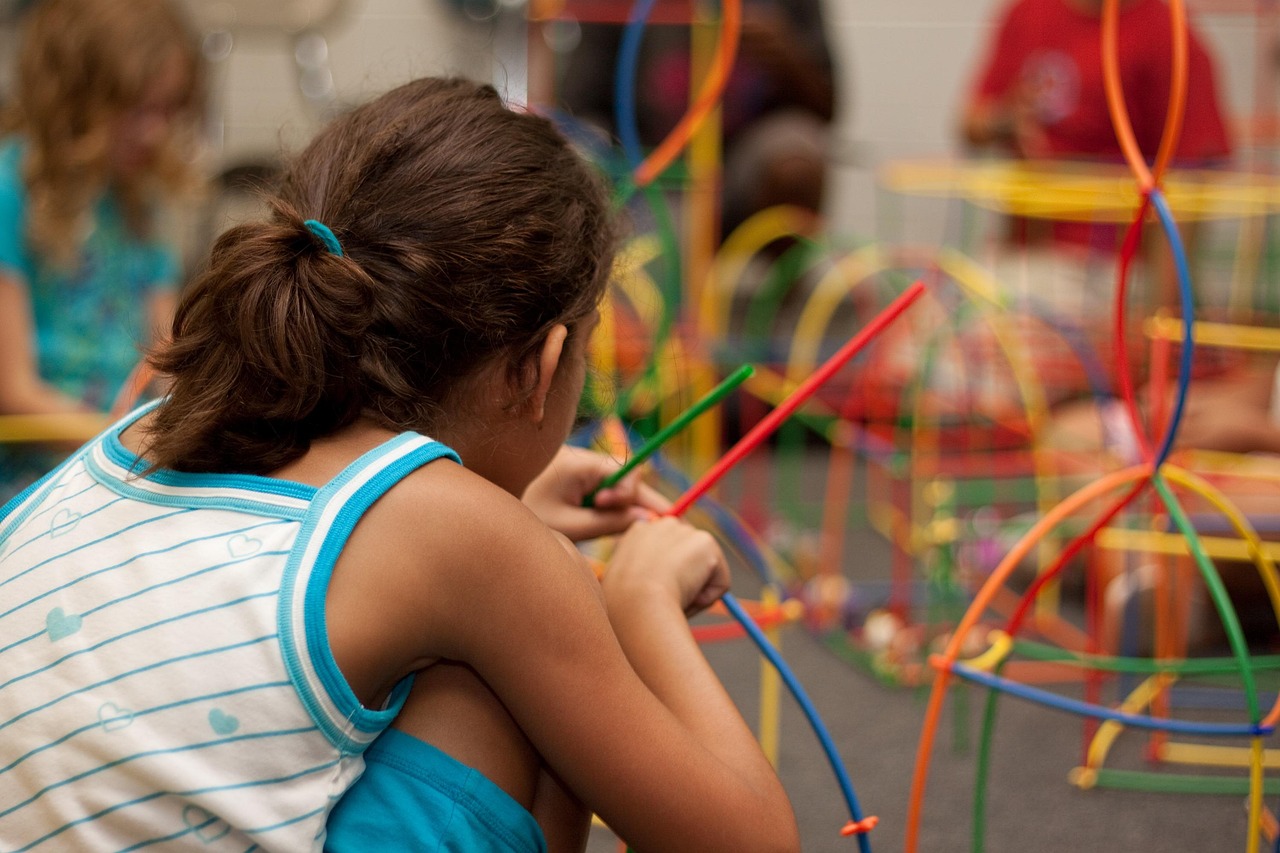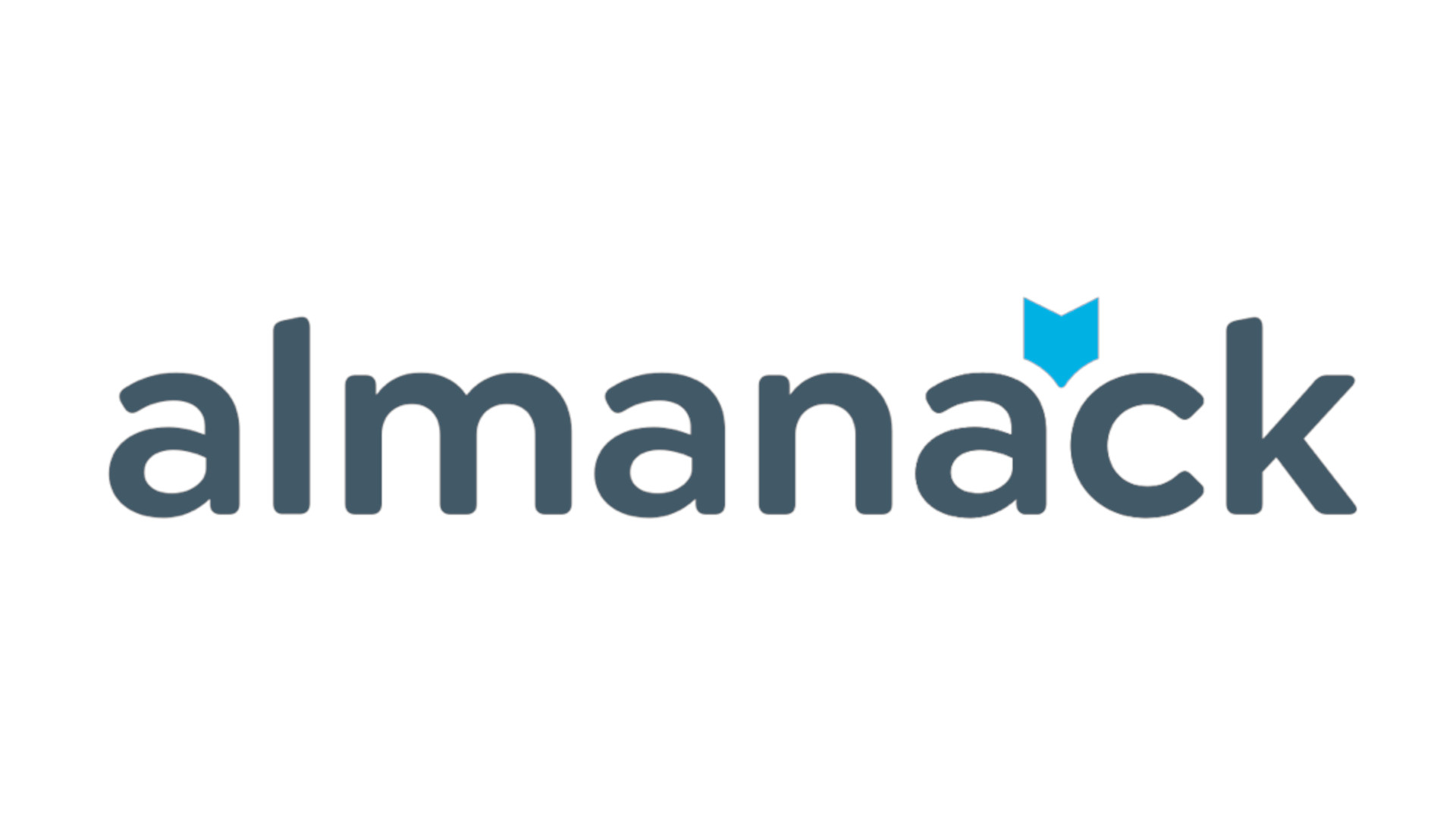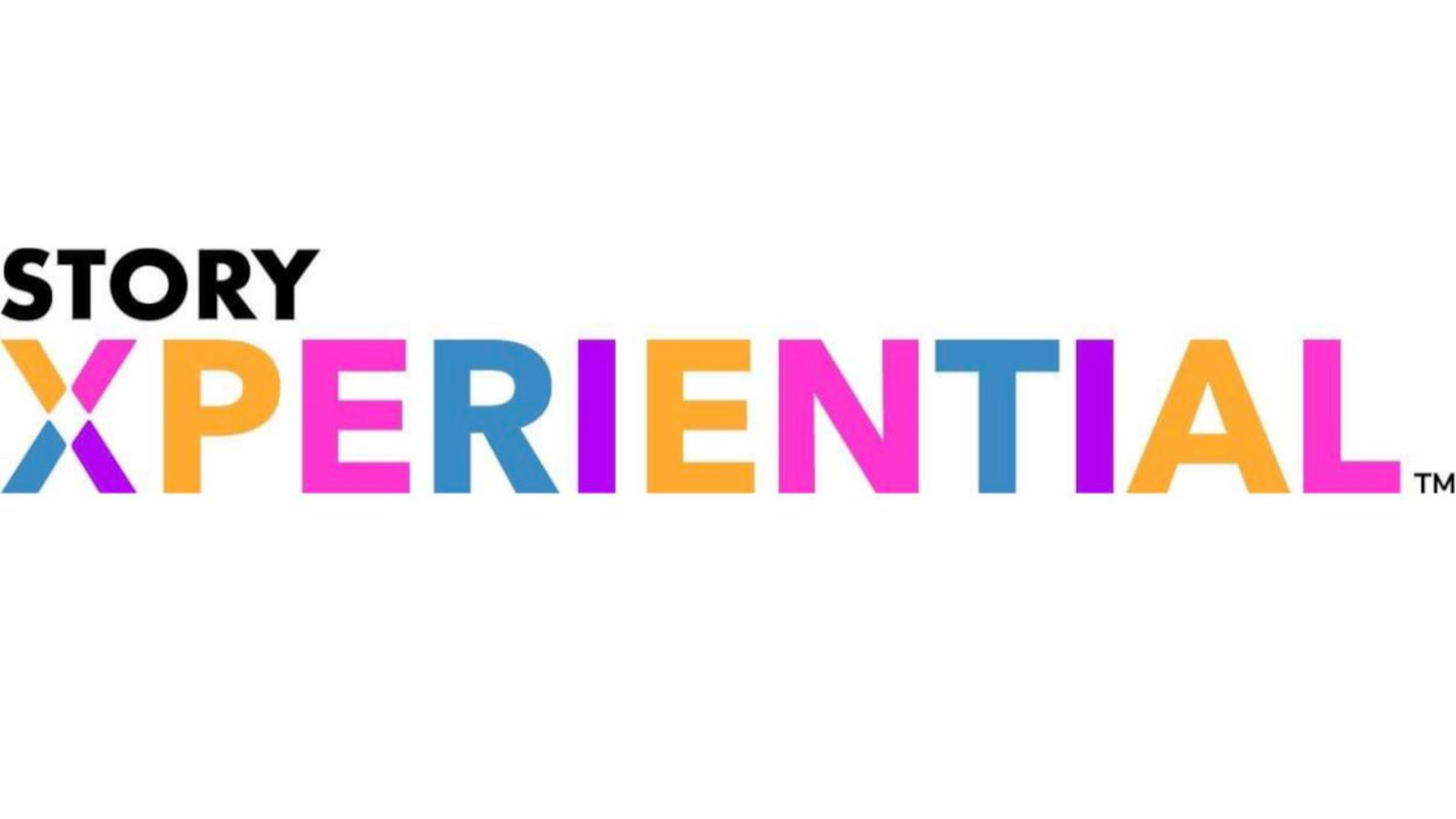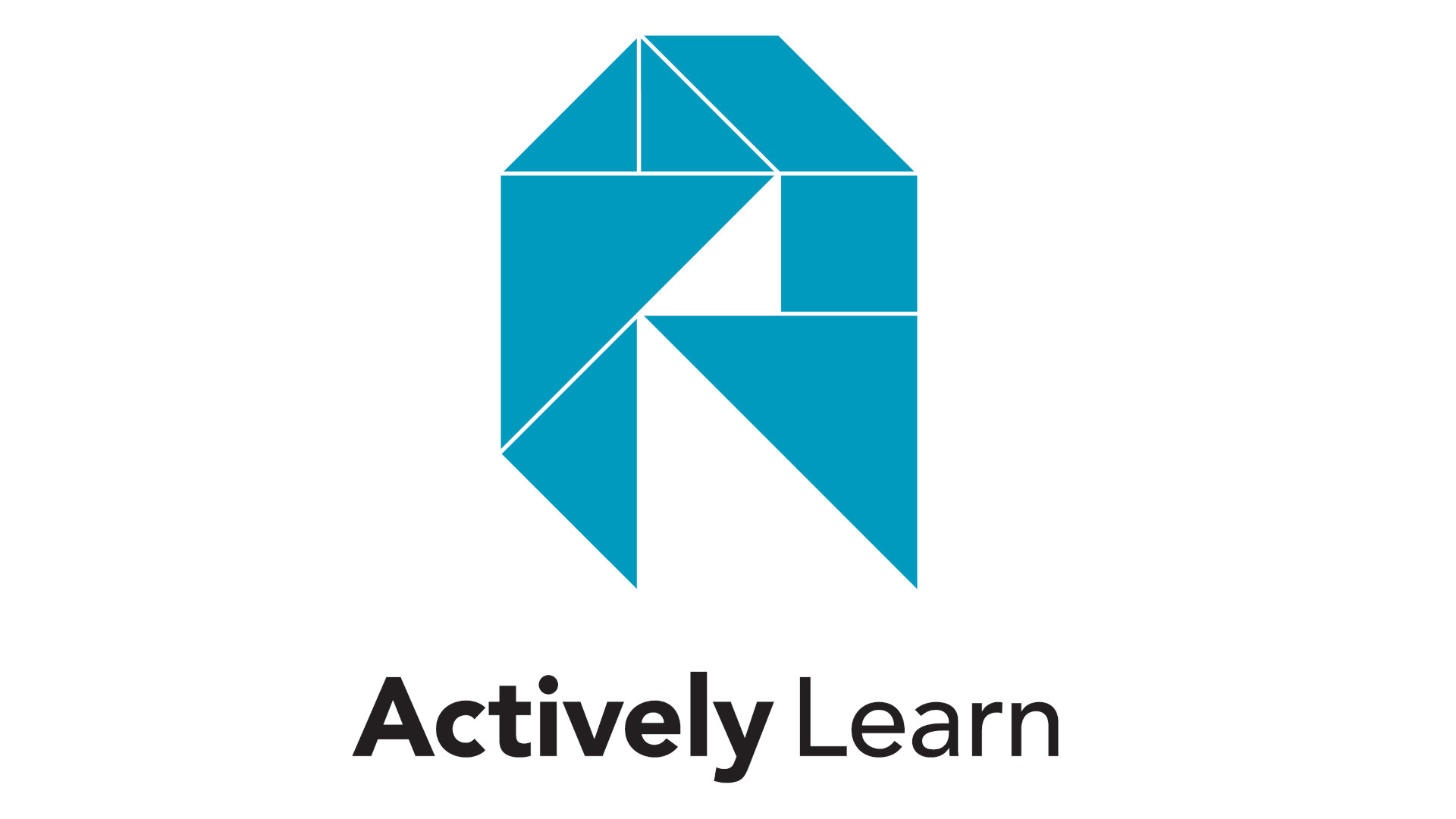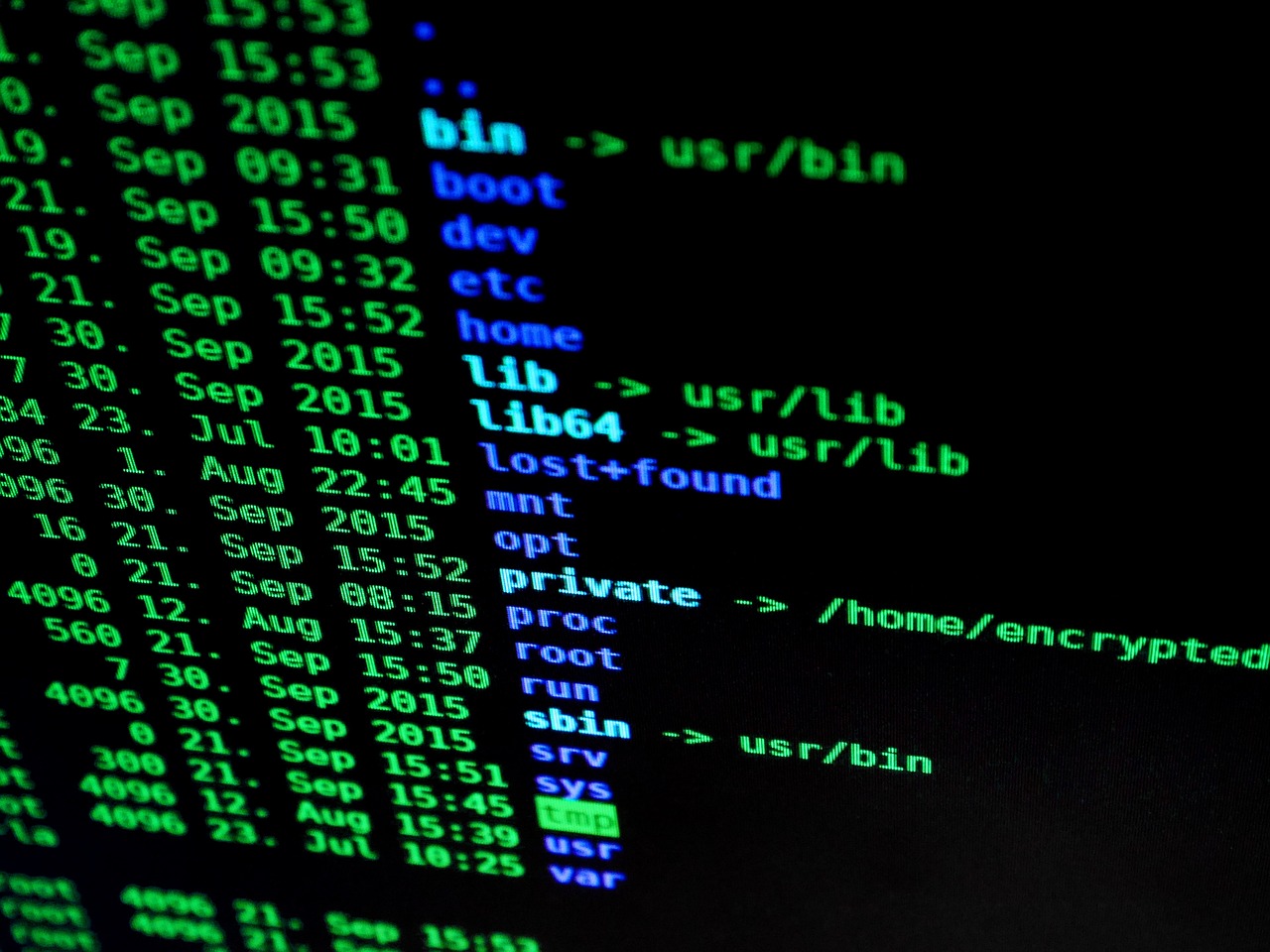How A Director of Technology Keeps Students Connected
Adam A. Phyall, III worked diligently during the pandemic to help provide access to devices for all students within his district but says more work needs to be done to eliminate tech disparities.
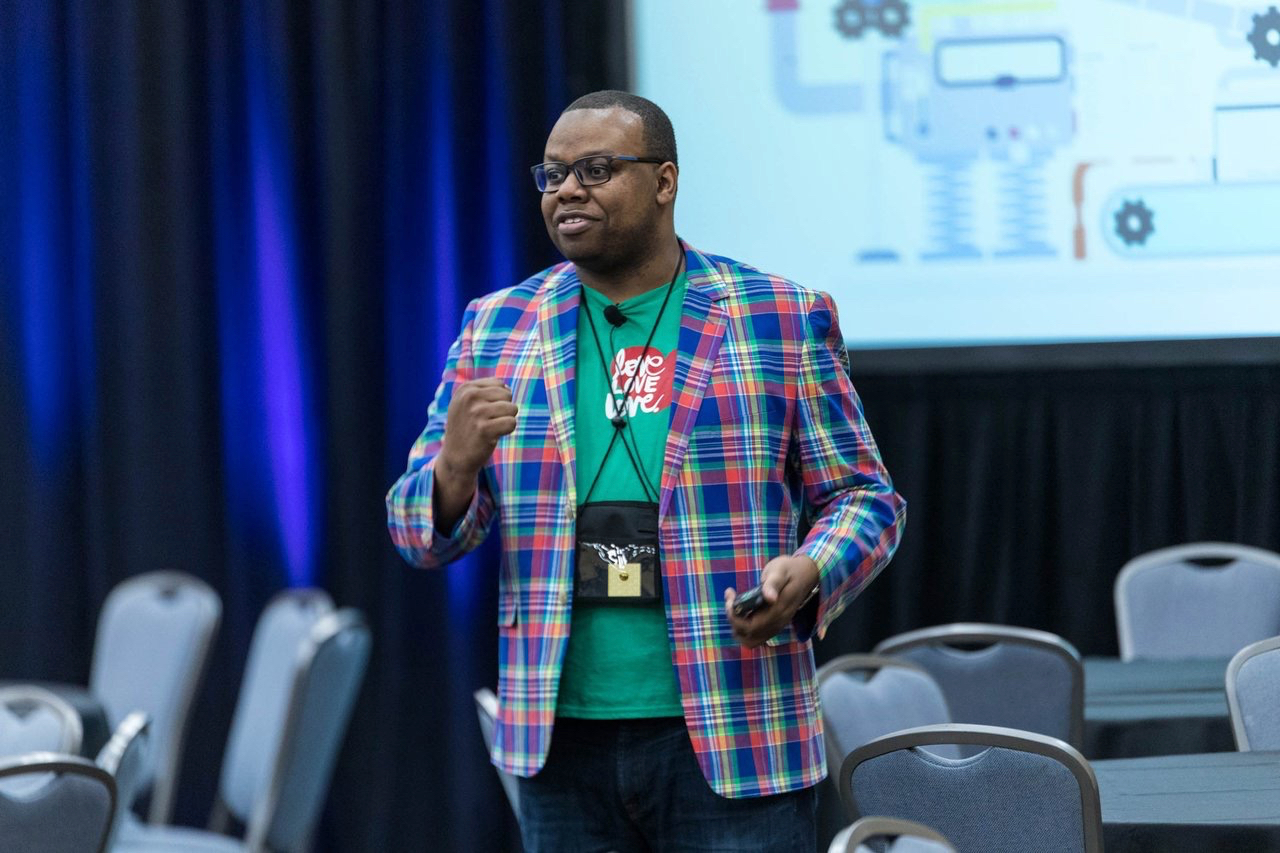
Tech has been a key part of Adam A. Phyall, III’s teaching since day one.
“I've always wanted to have my class be the most exciting place in the world, and I saw technology as that way to make connections with students and make it exciting,” he says.
As his career progressed, Phyall, Ed.D, became equally passionate about helping other educators effectively utilize technology in their teaching, but noticed there was often disparity around how it was implemented in classrooms.
“It very often turned into teachers using it with their ‘good class,’ and their ‘good students,’” says Phyall, Director of Technology & Media Services for Newton County School in Covington, Georgia. “In certain districts, it became a way of segregating students and their access and their resources.”
That longtime dedication to providing equitable access to technology to students served Phyall well as COVID hit and the digital divide within his district became apparent. In the early days of the pandemic, Phyall led the district’s successful efforts to provide devices and internet access to all students. He recently won the award for Best Implementation of Digital Curriculum at the Tech & Learning Innovative Leader Awards in Orlando.
A Flexible Approach to Providing Access
Prior to March 2020, Newton County Schools were not 1-to-1 with digital devices, but when the pandemic began, Phyall worked to deploy Chromebooks, Windows laptops, and iPads to students. He also oversaw the distribution of wireless hotspots for students who live in areas not served by broadband, and worked with local providers to get discounts for families who lived in areas served by broadband but who couldn’t afford it. He also led district partnerships with Boys and Girls Club, daycares, churches, and other buildings in the community, and deployed hotspot buses that provided internet access in various community locations and more than 200 students connected daily through them. These efforts led to the development of a connectivity task force, made up of the school system, elected officials, and community stakeholders.
Many of these efforts were successful due to tenacity, Phyall says. For instance, the school was able to pay for discounted internet for families who couldn’t afford it by discovering programs providers offered – a strategy he encouraged other tech directors to pursue when exploring access options for students. “The big thing with that is picking up the phone and making those calls and seeing what the providers had,” he says. He adds, he’d call and say, “Hey, we're trying to get families connected for virtual learning. Do you have any programs available? Is there anything that you could do to assist in this process?”
Tech & Learning Newsletter
Tools and ideas to transform education. Sign up below.
Nominate someone for the Tech & Learning Innovative Leader Award here
Everyone Needs to Be Involved in Access
With students back in school, the district now only has fewer students utilizing the hotspot buses, but internet access remains an issue both due to affordability and lack of availability in certain areas within the district.
Phyall says wifi buses and community access points are only temporary solutions. “I look at providing those quick fixes kind of like a FEMA tent,” he says. “You use it in the middle of a disaster, but you don't want to live in a FEMA tent. So we don't want kids to say, ‘Oh, I got to do my math homework, let me go to the parking lot.’ To me that's crazy talk. So we really want people to understand that that is a last resort, not something that should be utilized every day for kids just to learn.”
Part of Phyall’s efforts since the pandemic began have been focused on helping the community understand that internet access and connectivity is not just a problem for the school system but one that impacts everyone and will require the entire community to solve.
In the meantime, he has encouraged educators in his district to limit the amount of homework they assign that requires internet access. “We’ve worked with our teachers in developing more offline assignments,” he says. He helps teachers build offline modules in which students can work on an assignment at home and then upload it when they return to school. “Even though we provide [internet] access in parking lots and football fields and things like that, and we park buses, no one wants to be outside of their home doing homework,” he says.
Erik Ofgang is a Tech & Learning contributor. A journalist, author and educator, his work has appeared in The New York Times, the Washington Post, the Smithsonian, The Atlantic, and Associated Press. He currently teaches at Western Connecticut State University’s MFA program. While a staff writer at Connecticut Magazine he won a Society of Professional Journalism Award for his education reporting. He is interested in how humans learn and how technology can make that more effective.


